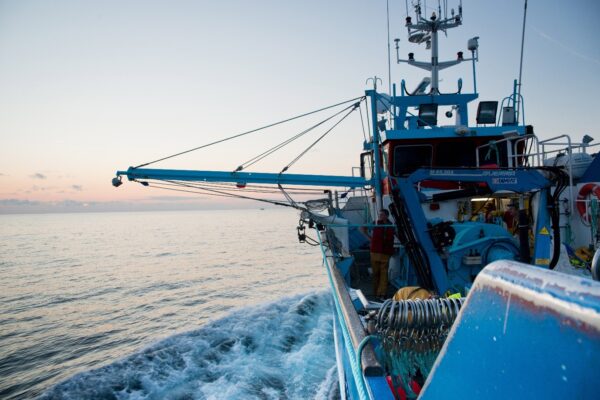The European Union has voted in favour of ratifying the UN High Seas Treaty. The treaty aims to protect marine life in areas that are outside of countries’ maritime borders including the high seas and the seabed. The high seas are areas of the ocean that lie beyond national boundaries, with only 1% of these areas being protected. This voting is the first step in approving full ratification.
This move was welcomed by the High Seas Alliance as it “sends an important signal to the rest of the world that the EU is serious about prioritising greater ocean protection with international law as a matter of urgency,” said Rebecca Hubbard, Director of the High Seas Alliance.
Credit: Nicolas Job / Ocean Image Bank
A Mixed Agreement
The Treaty, formally known as the United Nations Agreement on the Conservation and Sustainable Use of Marine Biological Diversity of Areas Beyond National Jurisdiction (BBNJ), will now be formally adopted by the Council before the EU will deposit its “instrument of ratification” at the UN – a document that formally acknowledges the acceptance of the treaty.
The Treaty is classed as a “Mixed Agreement”, meaning it must be ratified at both the EU and EU member state level, at least 60 countries will need to sigh and ratify. The Treaty will only enter into force 120 days after 60 countries ratify. To date, 89 countries have signed, thereby showing their commitment to ratify, and four countries have formally ratified the Treaty at the UN: Palau, Chile, Belize and Seychelles. When the EU and its 27 member states deposit their instruments of ratification at the UN, it will have a significant impact on progress of the Treaty entering into force, although in this instance the EU itself does not count as an additional ratification in the total UN number.
“The EU was a significant player during Treaty negotiations, so its ratification is a pivotal moment in the race to ratify,” says Chris Thorne, Greenpeace campaigner for Protect the Oceans. “This vote is the first by a regional organisation and must trigger a wave of ratifications. The 27 EU governments must follow the EU’s lead and fast-track ratification before the 2025 UN Oceans Conference in Nice.”
As recorded by Greenpeace, the UK was one of the first countries to indicate its intention to ratify the Treaty, by signing it at the UN as soon as it opened for signatures. However, the government has not introduced the legislation needed to ratify the Treaty. Kevin Foster, MP has introduced a Private Member’s Bill to push for ratification of the Treaty.
What will the High Seas Treaty do?
According to the High Sea Alliance’s it will:
- Set out a legal framework and clear process for establishing networks of marine protected areas in the ocean beyond national jurisdiction. If effectively protected and well-managed, these will help realise the target to protect at least 30% of our ocean by 2030, agreed by countries in December 2022 under.
- Give the international community more transparency and a greater say in decisions regarding activities that could harm high seas ocean biodiversity through its provisions on environmental impact assessments.
- Ensure the fair and equitable sharing of benefits derived from marine genetic resources from the high seas and seabed.
- Enhance and build capacity and ensure the transfer of marine technology to assist countries in the implementation of the agreement. A funding mechanism will be established to support such activities.
